Vampires, Martyrs, and the Potato King
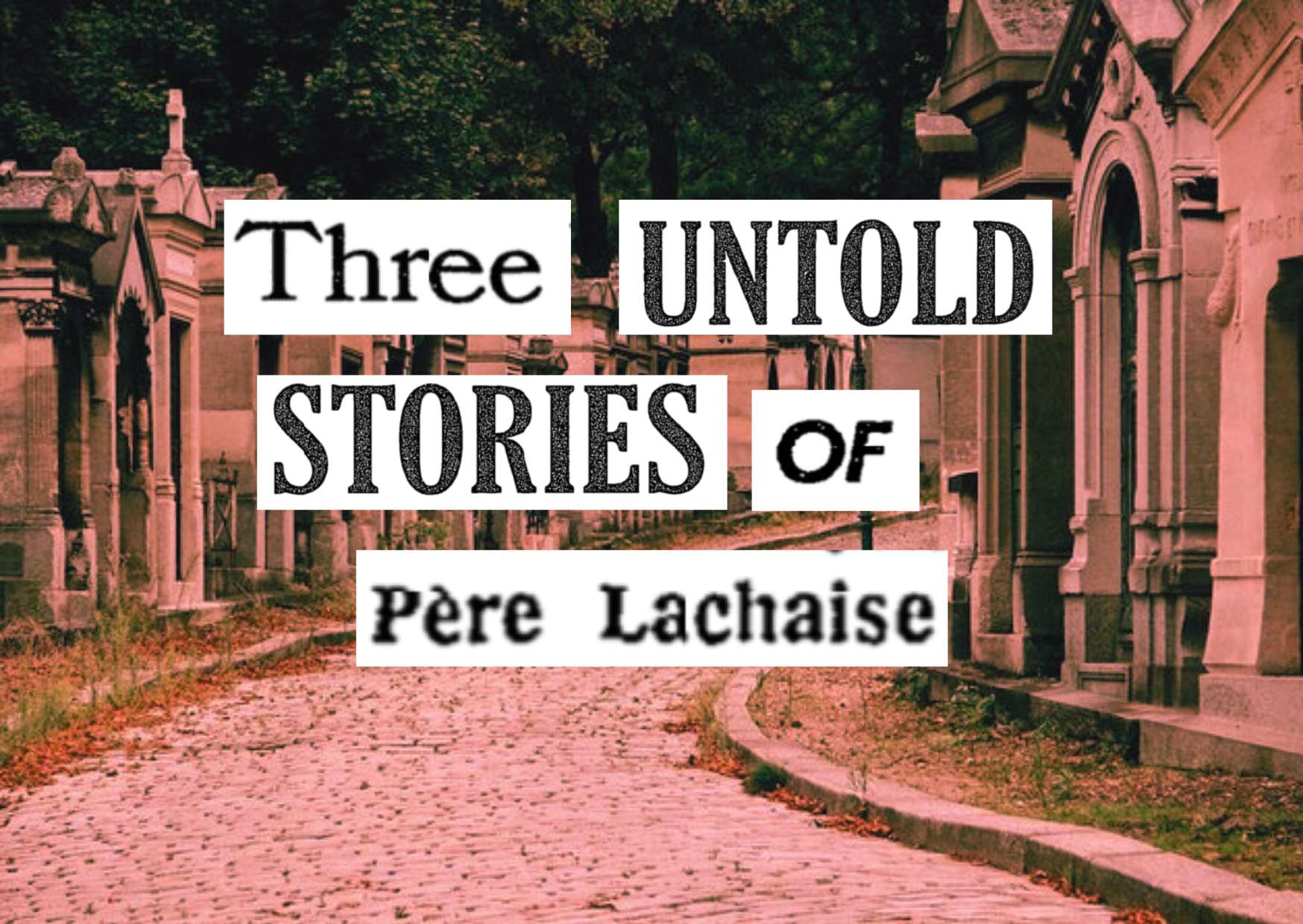
Père Lachaise, located in the 20th arrondissement of Paris, is the final resting place for famous celebrities like Edith Piaf, Jim Morrison, Oscar Wilde, Chopin, the list goes on and on. As a self-proclaimed cemetery freak, I love all things cemeteries, graveyards and after-life in general. I am a firm believer that you can learn more about a city from its cemeteries than from its museums.
I have always been in love with the beauty of Père Lachaise. To me, this place isn't spooky or eery, but instead calming and peaceful – a perfect place for fall wanderings. However, I found myself feeling a sense of guilt every time I walked through the gates. I was using the cemetery to collect my thoughts and admire its beauty without investigating more about the tombs I passed and the people who lie beneath. In my research, I discovered a plethora of surprising stories, shocking rumors, and curious myths. The following three stories are not only amusing, but speak to the history of France, its culture, and its traditions.
The Vampire Princess: The Mausoleum of Elisabeth Demidoff
Born in 1776 in Saint Petersburg, Russia, Countess Elisabeth Demidoff (Elizaveta Alexandrovan Stroganova) lived a very social life bouncing between Russia, Paris, and Italy with her industrialist husband, Nikolai Demidoff. After raising her children, she moved to Paris without her family in 1812 to live the rest of her years as a wealthy, single socialite. When she died on April 8th, 1818, her son Prince Anatoly organized this extraordinarily ornate mausoleum for her.
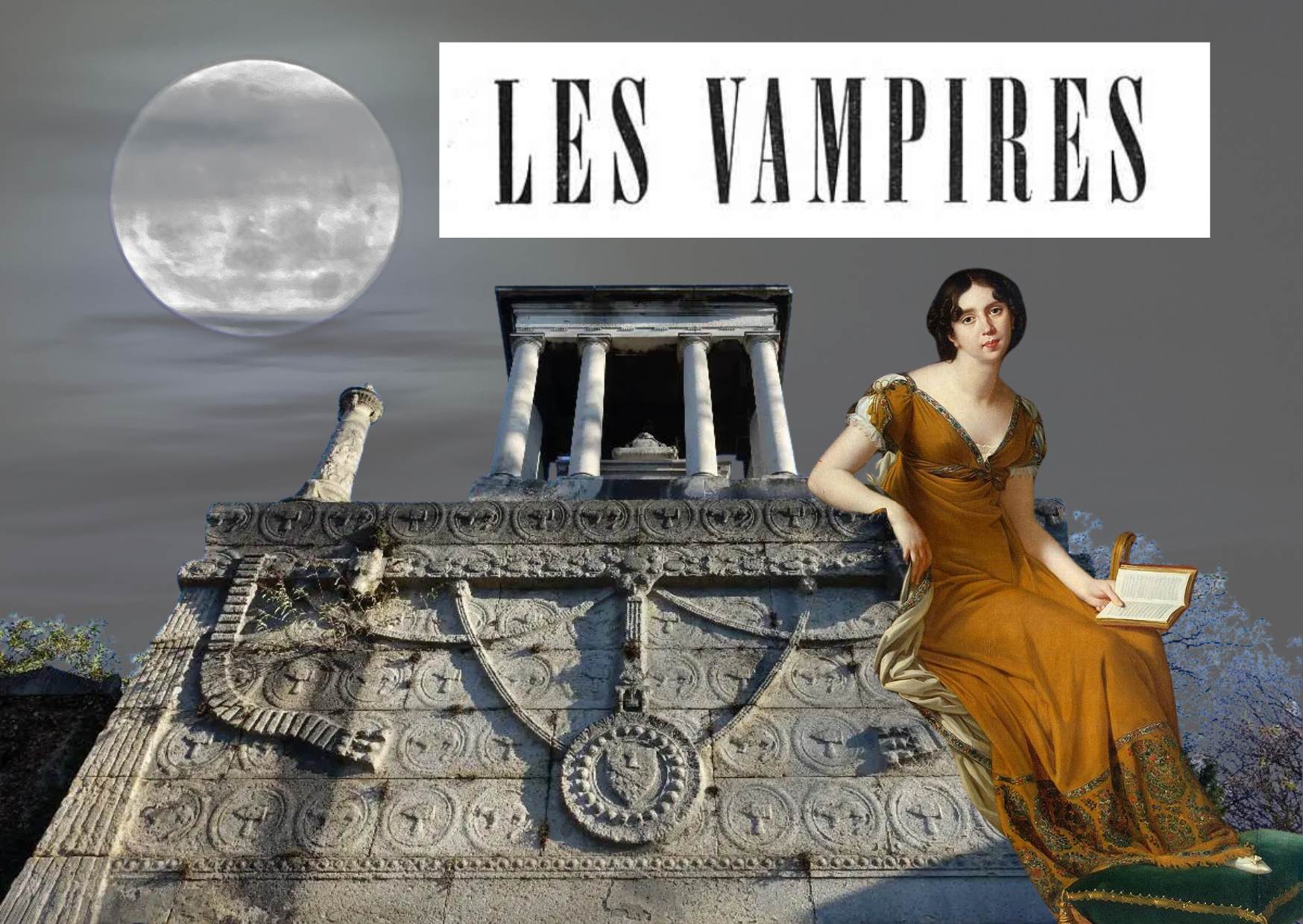
Now, this is where the story gets a little weird. Legend has it that before the countess died, she had organized a contest for a few brave souls to try and win the fortune she had left behind. In her will, she declared that anyone who could spend a whole year alone inside her tomb could win the entirety of her inherentence. The conditions of the contest are quite restrictive and have caused a few men to go mad. According to an article published in The Watchman and Southron (Dec 27, 1893), "the candidate must stay with the Princess’s body for 365 days in order to win 5,000,000 francs." Her body laid in a glass coffin inside a chapel lined with mirrors, meaning she would have been clearly visible from all angles. The candidate would be brought regularly scheduled meals and they would be forbidden from working during the duration of the contest. The contestant could only leave the crypt once a day before 5 o’clock in the morning to go on an hour-long walk. Needless to say, no candidate succeeded in winning her fortune, but there were a few who tried. Some didn’t last more than a few days, but apparently there was one Frenchman who lasted nearly three weeks until he became mad! Apparently, he lost all reason and experienced negative life-long psychological effects.
Following the few attempts to win her fortune, a rumor was started that the countess was a vampire that had created this contest to lure men into her resting place in order to ‘drain’ the life out of them. In addition, her mausoleum is riddled with vampiresque imagery, including symbols of hammers, wolf heads, sables, and a large knot. There are also repetitions of the number 8 around the tomb, a number that ressembles the infinity sign and eternity. An extra spooky detail is that she has three 8s in her date of death (April 8th, 1818).
The Potato King: The Grave of Parmentier
The last time I was in Père Lachaise, I stumbled upon a potato shrine. Yes, you read that right. A few rows back from the central path and behind a spindly tree, there is a grave quite literally littered with potatoes. The grave belongs to Antoine-Augustin Parmentier, or whom I like to call the Potato King. Admirers of Parmentier have left french fries and regular spuds with sweet messages of gratitude written on them. I was confused about this gesture, until I learned more about M. Parmentier.
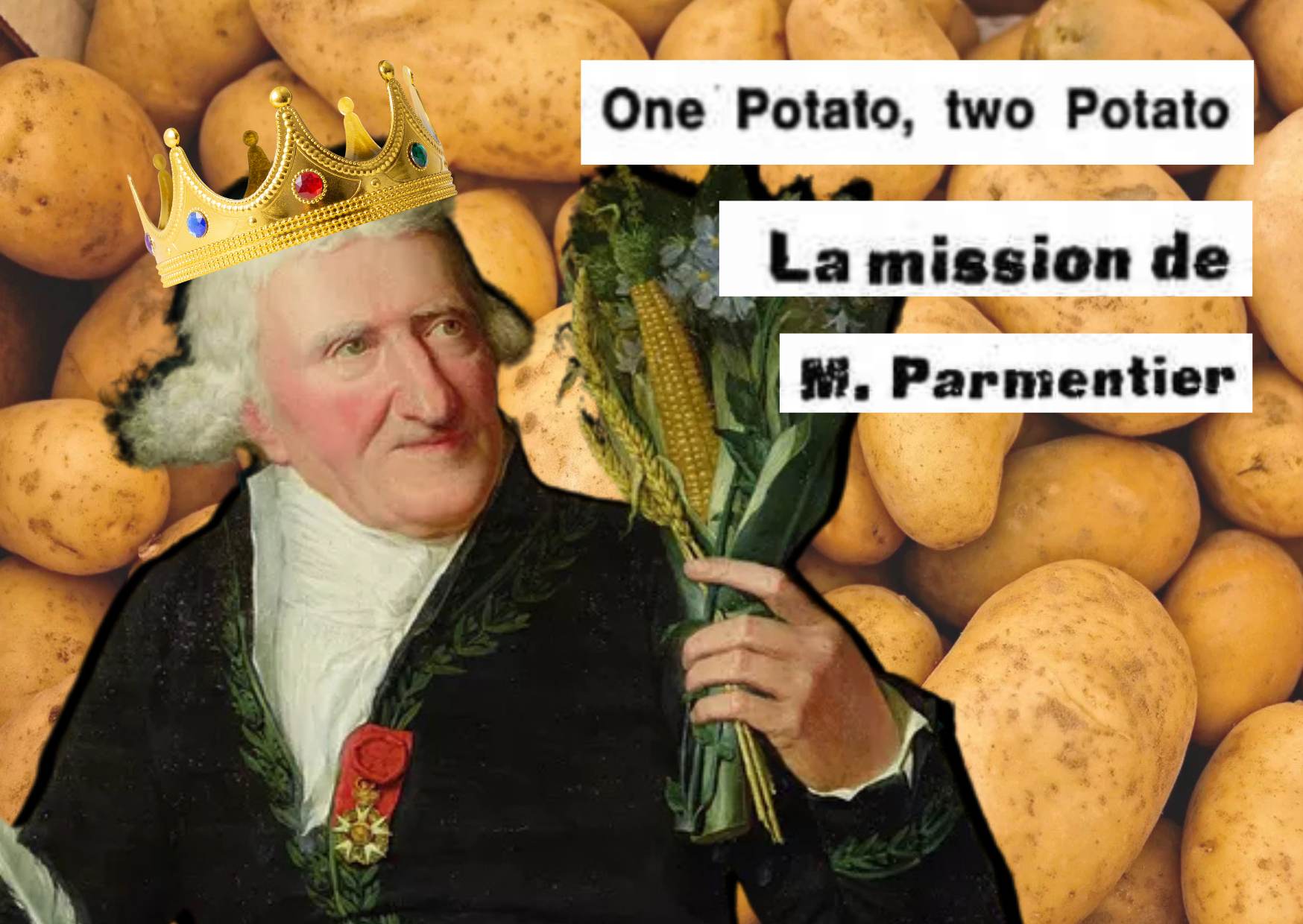
Parmentier was a French pharmacist who is best remembered as the original potato promotor, an icon in public relations. Potatoes were seen by haughty French society as hog feed, not worthy enough for human consumption. However, when Parmentier was in prison in Prussia during the Seven Years War, he was forced to eat potatoes in order to survive. Upon being released, he was inspired by the sustenance provided by potatoes and wanted the French diet to include the spud as a source of nourishment. He also found that potatoes were an especially important asset in the diet for dysentery patients. For his efforts on raising awareness and his research on the starch, Parmentier won a prize in 1773. However, the public still wasn’t keen on adopting the potato into their cuisine. So, he conducted a series of potato publicity stunts that were wildly successful.
Throughout his life, he was known for giving bouquets of potato blossoms to members of the royal family. He would also host dinners for celebrity guests, like Benjamin Franklin, which would exclusively feature potato dishes. However his most iconic publicity stunt involved the military. In Sablons, he surrounded his potato patch with armed guards during the day, an act that sparked the curiosity of the townspeople. What could he be growing that was so valuable?
When night-fell, the guards would disperse, luring the local people in to cure their curiosities. Receiving the message that the plant must be of incredible value, people would steal the potatoes once the guards left the property. Little did they know that Parmentier orchestrated the whole event, leaving instructions and recipes on how to prepare the potatoes. His stunt was a massive success and helped glamorize the potato, making the starch widely accepted. There is even a famous dish named after Parmentier, and if you’re interested in trying it, here is the recipe.
Victor Noir: Accidental Martyr and Faunt of Fertility
Victor Noir, unfortunately, is one of those figures who became more famous after his death than during his life. Noir was a journalist for La Marseillaise, a newspaper which had been in the hot seat for publishing articles criticizing the regime of Emperor Napoleon III. Because of this, Prince Pierre Bonaparte, the Emperor’s cousin, challenged Grousset, the editor-in-chief, in a duel. Noir was sent by Grousset to Bonaparte’s dwelling in order to organize the duel, but was instead shot by Bonaparte during the apparently heated exchange. The murder of the journalist sparked public outrage and Noir quickly became recognized as a martyr. His death resulted in a series of violent demonstrations and protesters used Noir as a revolutionary symbol.
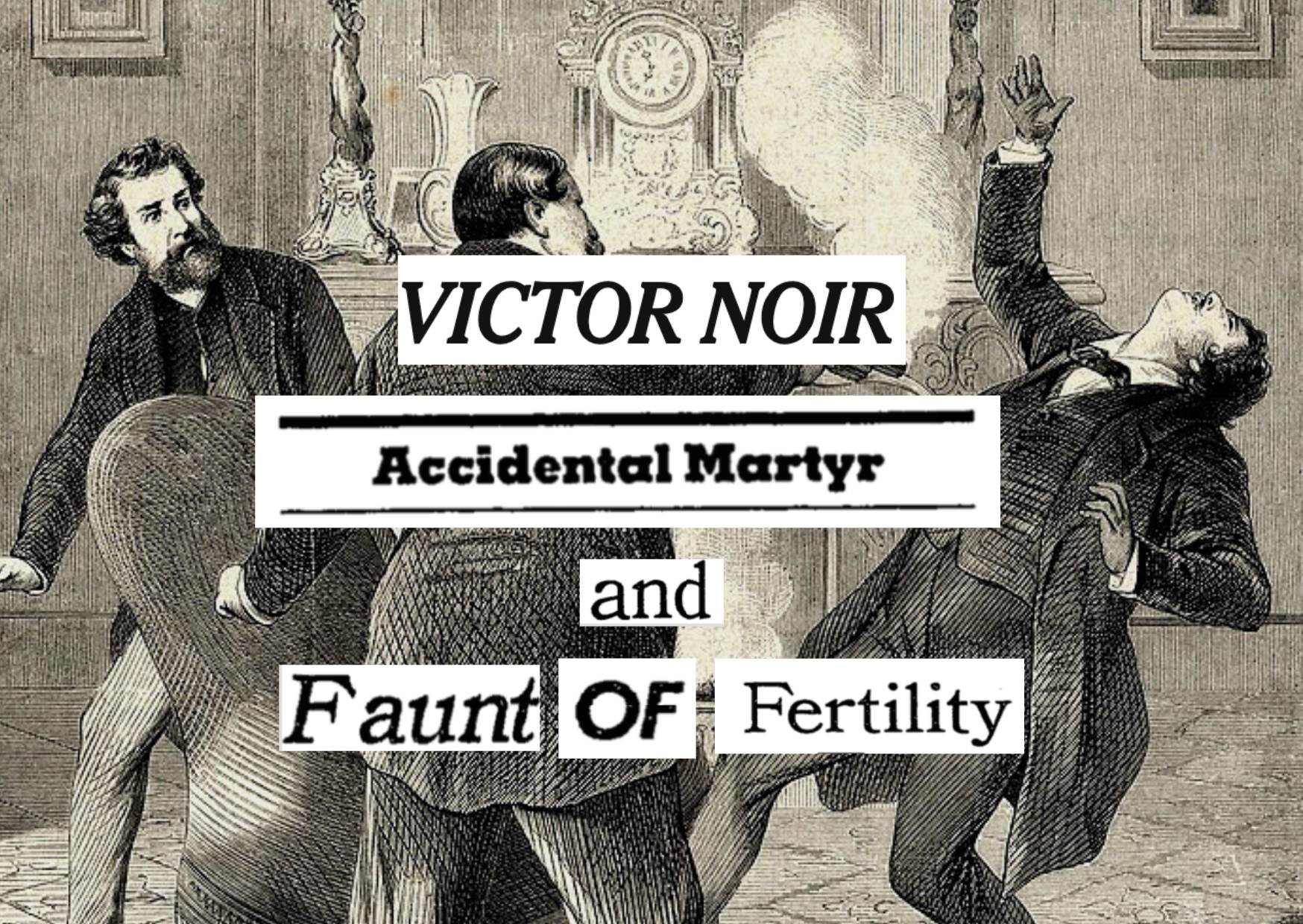
However, his fame now has little to do with his revolutionary status. Jules Dalou, a prominent French sculptor, was commissioned to create a bronze sculpture in Noir’s honor. Dalou’s sculpture is incredibly life-like and shows Noir at the moment of his death, lying on the ground with a bullet wound in his chest. However, the most noticeable feature of the sculpture is a sizable bulge under Noir’s belt. It is unclear why the sculptor decided to add this feature in the artwork, including the unbuttoning of his pants, but this addition created a myth that Noir’s grave is a symbol of sexual happiness and fertility.
Legend has it that women experiencing fertility issues will kiss his mouth, rub his groin, and pray at his feet, hoping Noir will bless them with the conception of a child. Given the bronze material of the statute, his lips, groin, and shoes are distinctly shiny, demonstrating the frequent attention these parts of his body receive in the cemetery. To give thanks to the ghost of Victor Noir for the gift of conception, pregnant women will oftentimes return to his grave and put flowers at his feet to show gratitude.
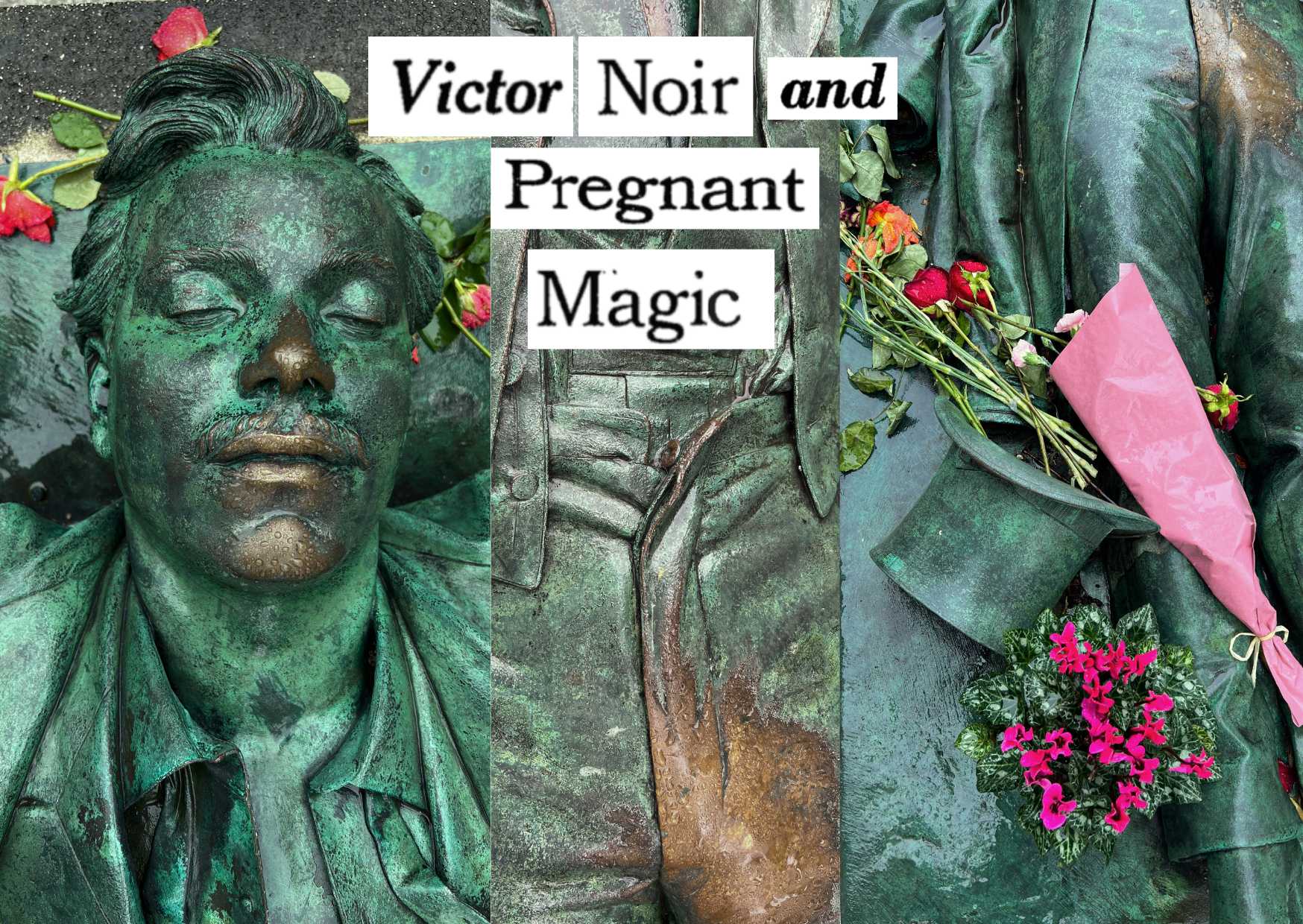
The beauty of these three stories, and of all the stories of Père Lachaise, is their eternal engagement with the living world. These legends live on through stories, myths, and rituals – practices that help connect the living with the dead and indirectly teach us more about our own lives.
I encourage you to investigate the variety of untold stories found in cemeteries and learn more about the hidden history of the places you want to discover.





